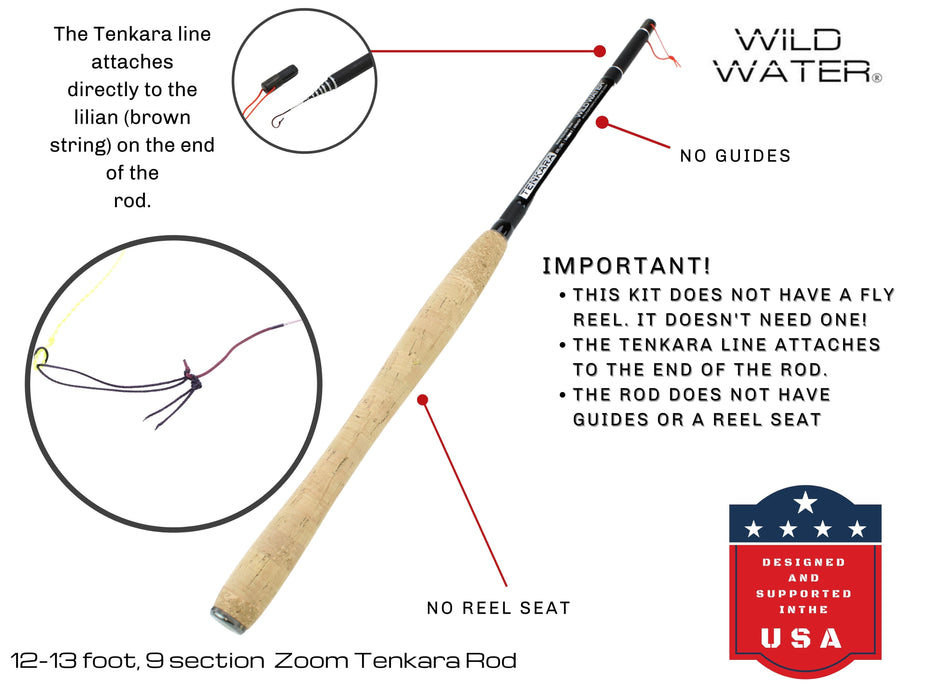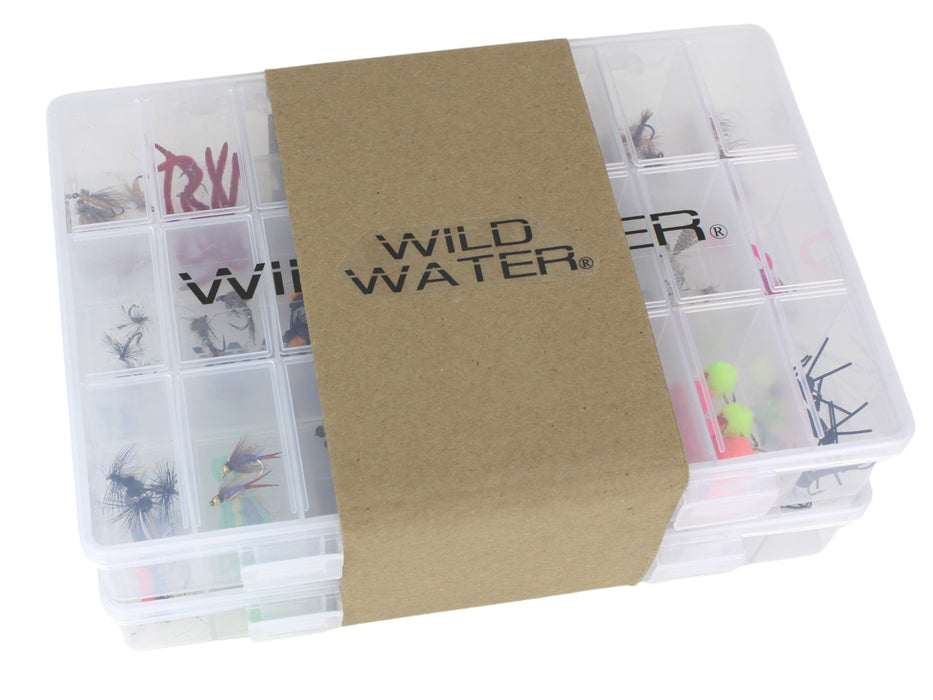Many people think fly fishing is reserved only for crystal clear mountain streams filled with wild trout. This is far from true. The majority of people in the world don’t have regular access to these types of water, but still love to fly fish. Almost any place you can cast spinning gear you can cast a fly rod. Plus, you can have more success because flies can be presented in ways other gear cannot and the fish rarely see flies.
The type of fishing you do is always going to be determined by the water around you. If you’re willing to adapt and learn new methods, you’ll have success anywhere you fly fish.
Learn your water
While many people purchase fly equipment for the one trip they take a year to a fly fishing destination, this doesn’t mean it has to stay in the closet for the other 51 weeks of the year.
Location
A great way to find fishable water is Google Maps. Identify your location and begin your search. If there are quite a few lakes and ponds (or ocean) around you, look for the water that runs directly in or out of them. These are the creeks and rivers that feed the lakes. These are great places to start. The fish will spend time near the creek/river mouths due to the new water and food supply.
Another useful method to find fishable water is to spend time on your state’s fish and wildlife website. They’ll have a large list of fishable water in your state, but they usually have information on public access points.
Fish
The next step is to learn what fish live in your local waters. This will help you choose what type of gear to purchase. If you have carp, pike and bass, you’ll likely want a 7 or 8-weight rod to handle these aggressive fish. If it’s mainly trout and panfish, anywhere between a 3 and 6-weight will work.
Those fortunate enough to live near the ocean will need 8-10 weight rods to handle some of the smaller inshore fish.
Again, a great way to learn what fish live in your waters is to visit your state’s game and fish department website. They’ll have information on what fish live in each body of water as well as how often they may be stocked.
As soon as you identify the fish you’ll target, be sure to check the rules and regulations before you decide to keep fish. They’ll list the specific possession requirements.
Flies
Once you learn the fish and understand local laws, you can begin to choose your flies. What flies hatch in your area? You should be able to find a hatch chart that highlights the most common hatches.
Next, check the Game and Fish website to determine common forms of live bait. These sites will often provide tips on what bait works best. If it’s minnows or crayfish, be sure to purchase fly patterns that resemble them.
Some staple fly choices include Wooly Bugger, Gold Ribbed Hare's Ear Nymph and Elk Hair Caddis. But as soon as you learn your target fish, you can be more accurate in your fly choice.




























































